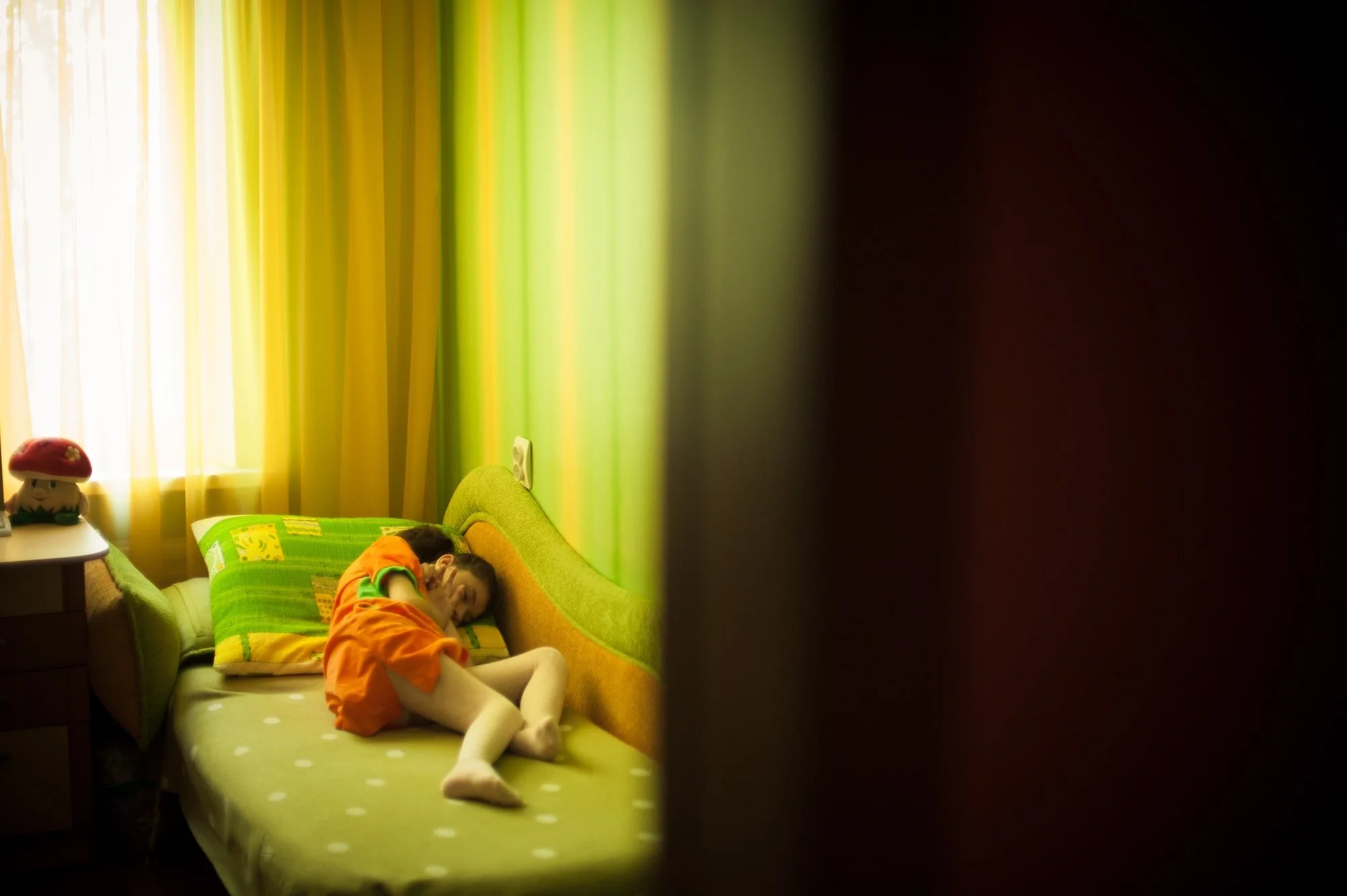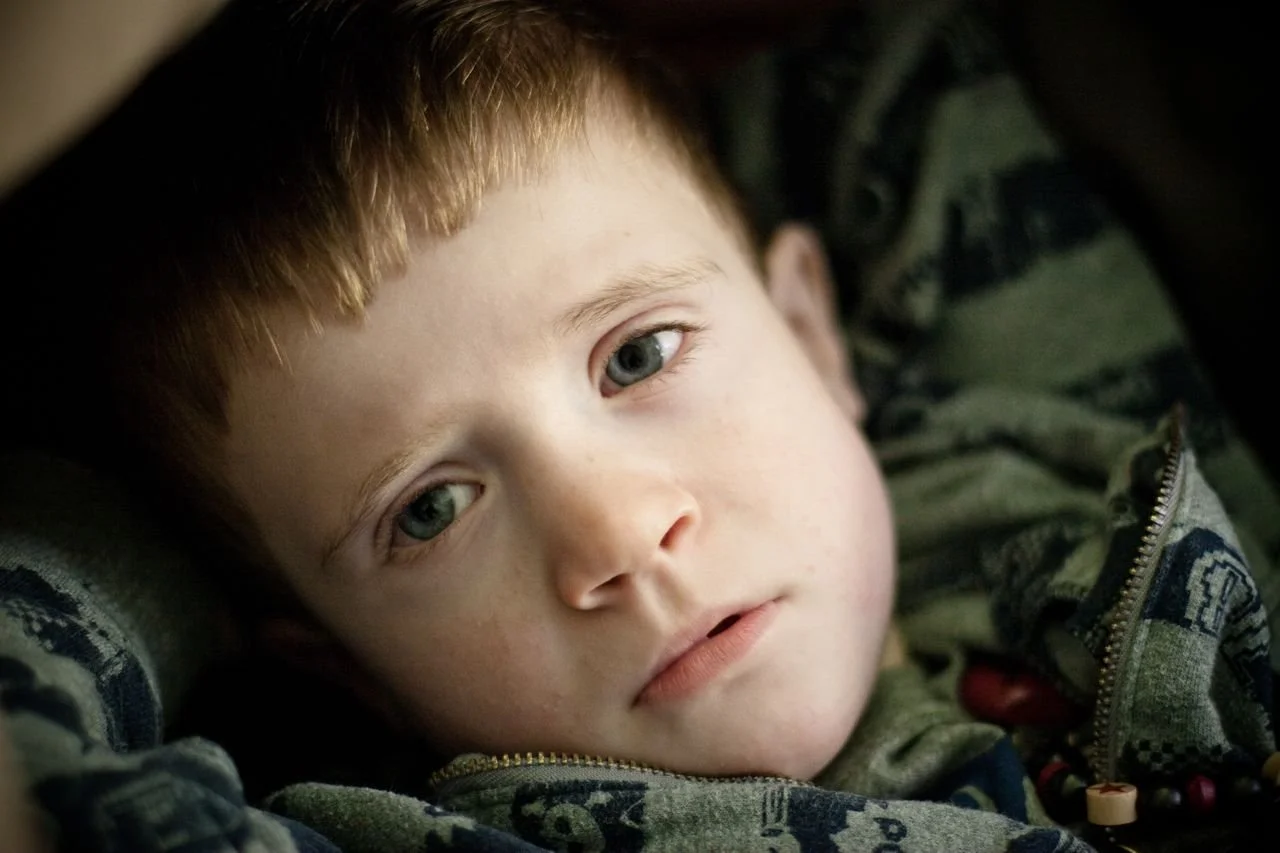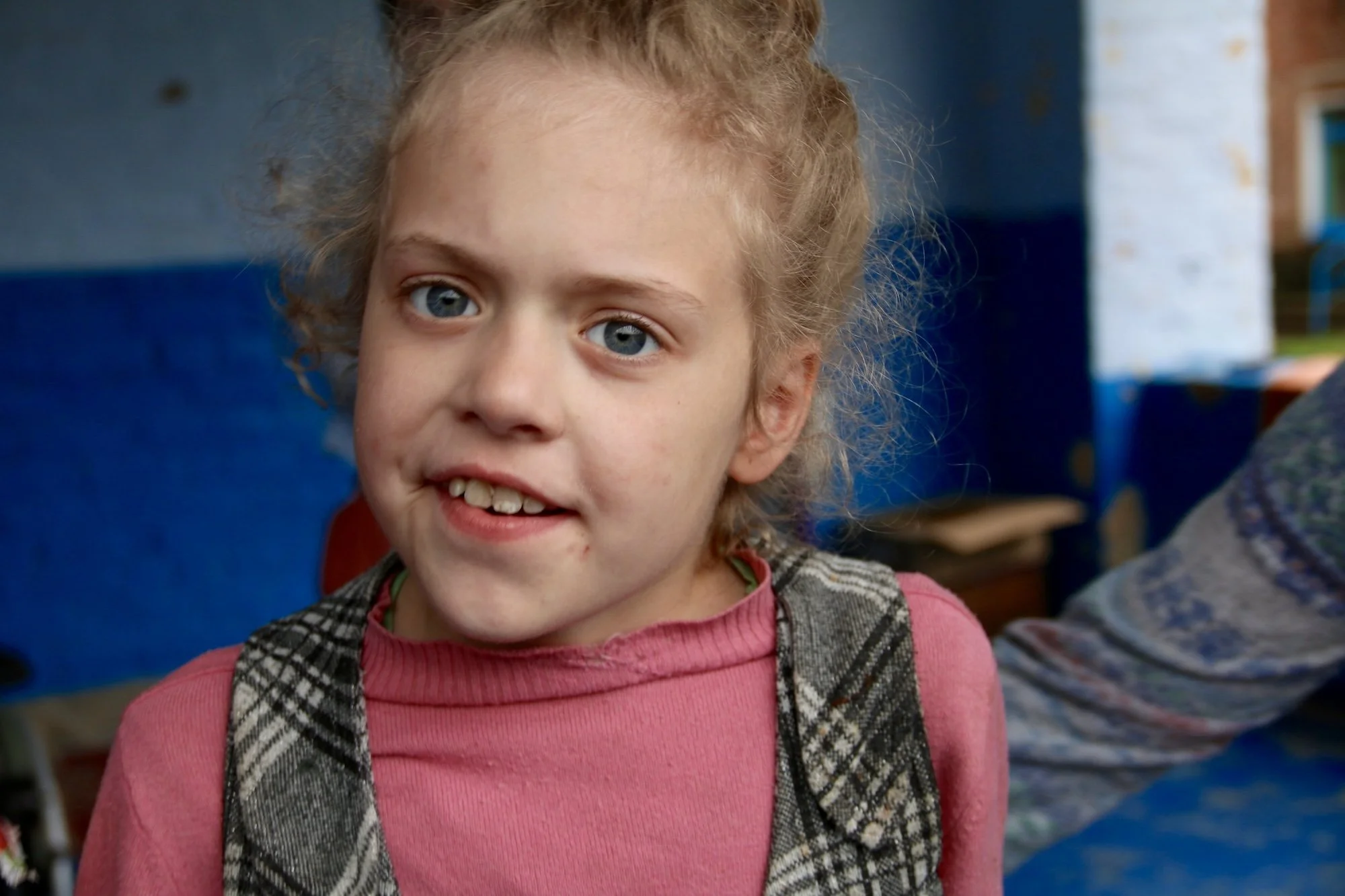
When Disability Touches A Family, They Don't Have to Walk Alone
The journey of disability often feels like walking through a dark valley. Questions without answers. Needs that feel overwhelming. This is where the gospel shines brightest—in the broken places where grace meets need. Since 2005, Guidelight has walked this hard path alongside families in North America and around the world as they navigate their journey of disability. We seek to help others learn to join families in these, often treacherous trails.
When the Path Gets Difficult, the Church Steps Forward
Churches desire to help those in their midst who are impacted by disability, but often don’t know how. Guidelight seeks to equip churches and organizations to carry the light of Christ to families navigating disability with biblical hope and practical support. Because when the church moves toward those society overlooks, the world sees Jesus.

Families Like Yours Are Now Finding Hope
By The Numbers
20 Years
OF FAITHFUL
CHURCH MINISTRY
200+
VOLUNTEERs
serving annually
30+
VOLUNTEERS for EACH RETREAT
5,000+
FAMILIES
EQUIPPED WORLDWIDE
10,000+
People
served worldwide
11
Countries reached
and counting
8,000+
volunteer hours spent serving
90+
Life changing retreats provided
"Guidelight brings encouragement, hope, purpose, and strength through God's Word. My family has personally experienced this during some of the darkest seasons of living with disability."
—Greg Lucas, Author of Wrestling with an Angel
“When you come to a Guidelight Retreat, you feel truly seen, cared for, and heard. You leave with a renewed spirit, a heart at peace, and the rest your soul has been longing for. God’s presence reminds us we are never forgotten.”
–RETREAT PARENT
“When you leave a Guidelight Retreat, you feel your drive to keep going is recharged. You leave encouraged to trust God more and to walk closer to Him. God is walking with us, so we don’t have to be afraid.”
–Retreat Parent
Stories
of Impact
Watch the stories of families and volunteers who have been deeply impacted by the work of Guidelight.


